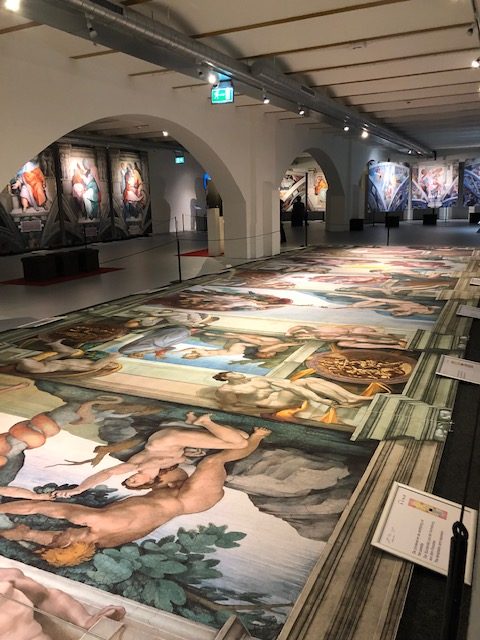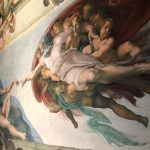Latest posts

ABOUT US
Amsterdam Street Art (ASA) originated from the love for street art. We want street art to receive the recognition it deserves. Since 2010 our online platform is available for the community worldwide. Visit our creative office at: Grote Wittenburgerstraat 27 / 1018 KV / Amsterdam or pass by our gallery at Marnixstraat 127 / 1015 VK / Amsterdam.




